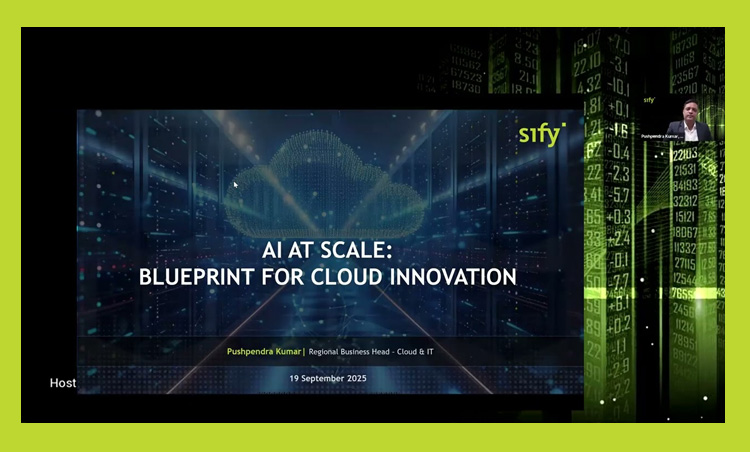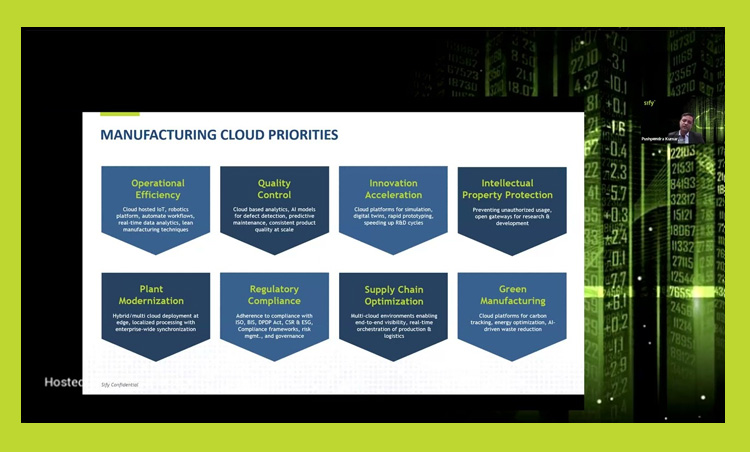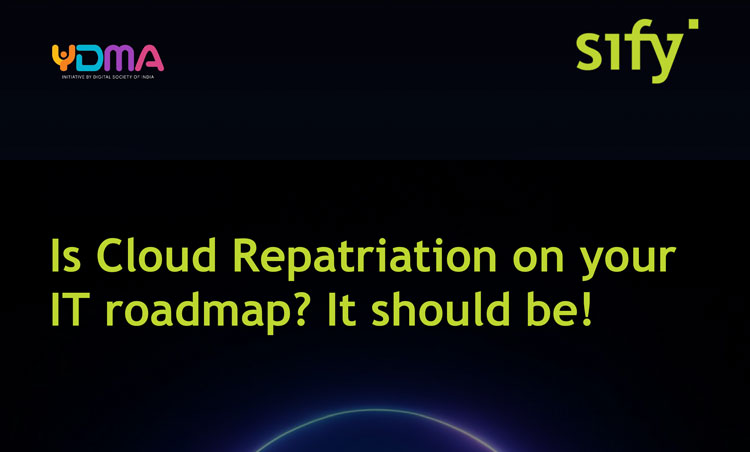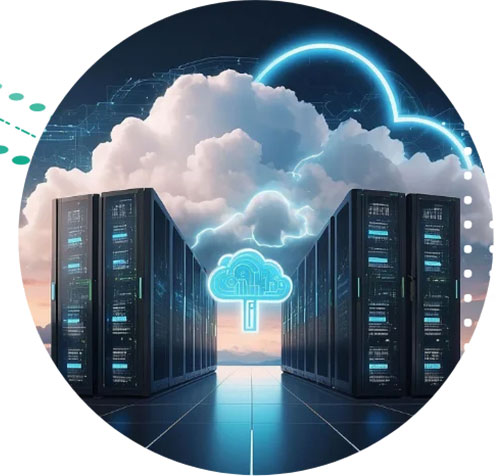Cloud Governance Challenges That Put Enterprises at Risk and How to Overcome It
Cloud governance has become the engine of modern enterprise operations. Organizations now build and scale digital services faster than ever, relying on cloud-native architectures, API-driven automation, and distributed teams to meet increasing business demands.
AI at Scale: Blueprint for Cloud Innovation
SPEAKERS: Pramod Bhandiwad, Head – AI & Software Development, Sify Technologies Pushpendra Kumar, Regional Business Head – Cloud & IT, Sify Technologies Dr. Jagannath Sahoo, CISO – Gujarat Fluorochemicals Limited Abhijit Chakravarty, Executive Vice President – Networks & Cyber Security – Kotak Mahindra Bank Richa Saxena, Group Leader – Global Security Client Solutions – Concentrix Umamaheswara Rao M, CISO – SwinkPay Fintech
AI at Scale: Blueprint for Cloud Innovation in Manufacturing
SPEAKERS:Pramod Bhandiwad, Head – AI & Software Development, Sify Technologies Pushpendra Kumar, Regional Business Head – Cloud & IT, Sify Technologies Vinod Sharma, Head IT – Hero Future Energies Rajesh Singh, VP & Head IT – JK Lakshmi Cement Ltd. Barun Kumar De, Principal Data Scientist, Bosch Global Software Technologies
AI at Scale: Blueprint for Cloud Innovation in BFSI
SPEAKERS: Pramod Bhandiwad, Head – AI & Software Development, Sify Technologies Vaibhav Kshirsagar, Regional Business Head – Cloud & IT, Sify Technologies Prakash Kumar Ranjan, CISO, Sammaan Capital Ltd Sanjay Jaiswal, CISO, Nuvama Wealth Investment Limited Sankaralingam T, Senior VP and Head of Engineering, Plum
What is cloud migration? | Benefits, Types, Strategy & Process
Over the past decade, enterprises raced to adopt cloud-first strategies in pursuit of speed, scalability, and innovation.
What Are Cloud Services? Benefits, Types, and Use Cases
Over the past decade, enterprises raced to adopt cloud-first strategies in pursuit of speed, scalability, and innovation.
Is Cloud Repatriation on your IT roadmap? It should be!
In today’s rapidly evolving digital landscape, the ability to leverage artificial intelligence (AI) has become a strategic imperative for businesses across all sectors. AI-ready data centers, with their advanced infrastructure and capabilities, serve as the cornerstone for harnessing the full potential of AI. This whitepaper explores the critical role of AI-ready data centers in driving business growth and innovation across various industries.
Why Cloud Repatriation is the wake-up call to your IT strategy needs?
Over the past decade, enterprises raced to adopt cloud-first strategies in pursuit of speed, scalability, and innovation.
What is Multi-Cloud? Key Challenges, Solutions, and Best Practices for Seamless Integration
When running a business you want the best of everything – the fastest servers, the most secure storage, and the most cost-effective solutions. That’s where multi-cloud comes in. Multi-cloud is widely being adopted by entities who wish to stay agile, competitive, and ahead of the curve.
What is Private Cloud? Features, Benefits, and Why It’s the Right Choice for Your Business
Also referred to as an internal or corporate cloud, private cloud is a type of cloud computing environment where all resources i.e. hardware, software, and networks are strictly dedicated to only one organization.



































































